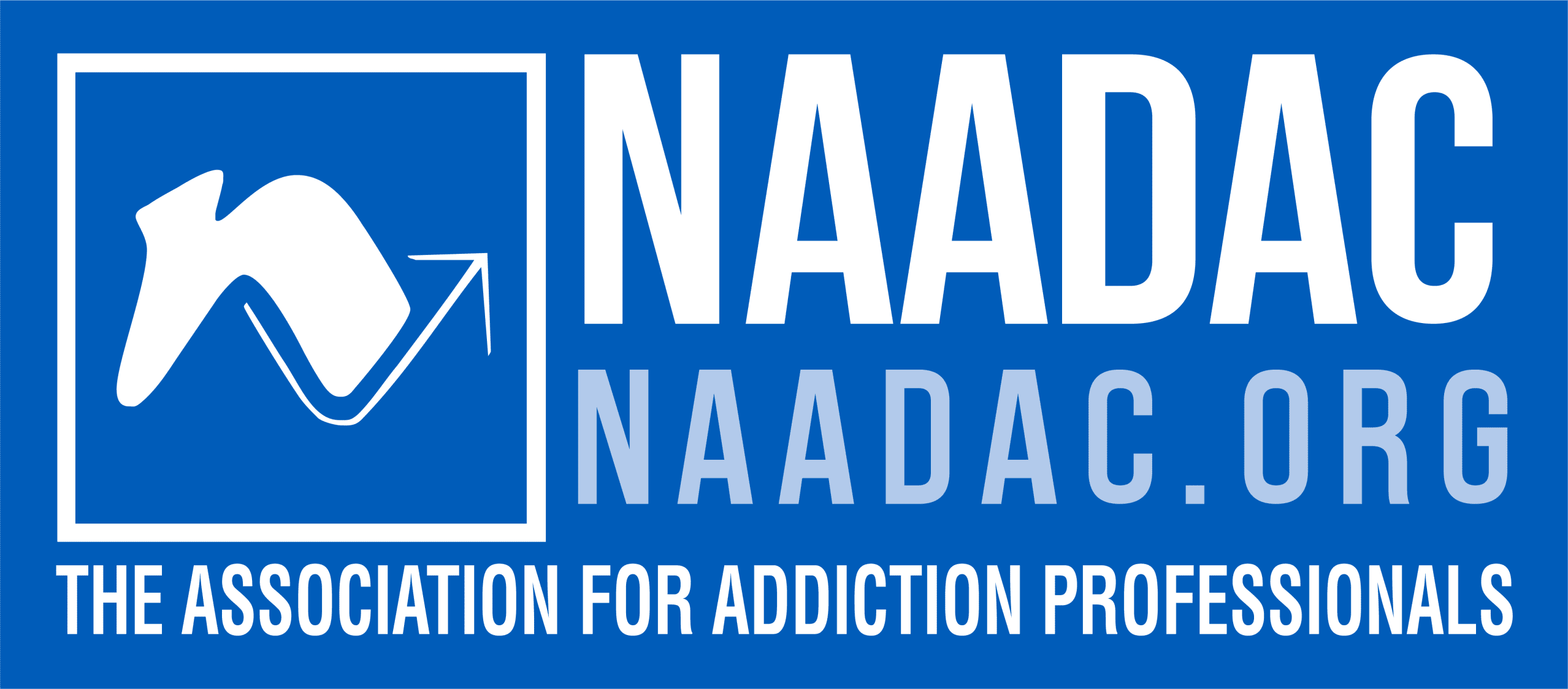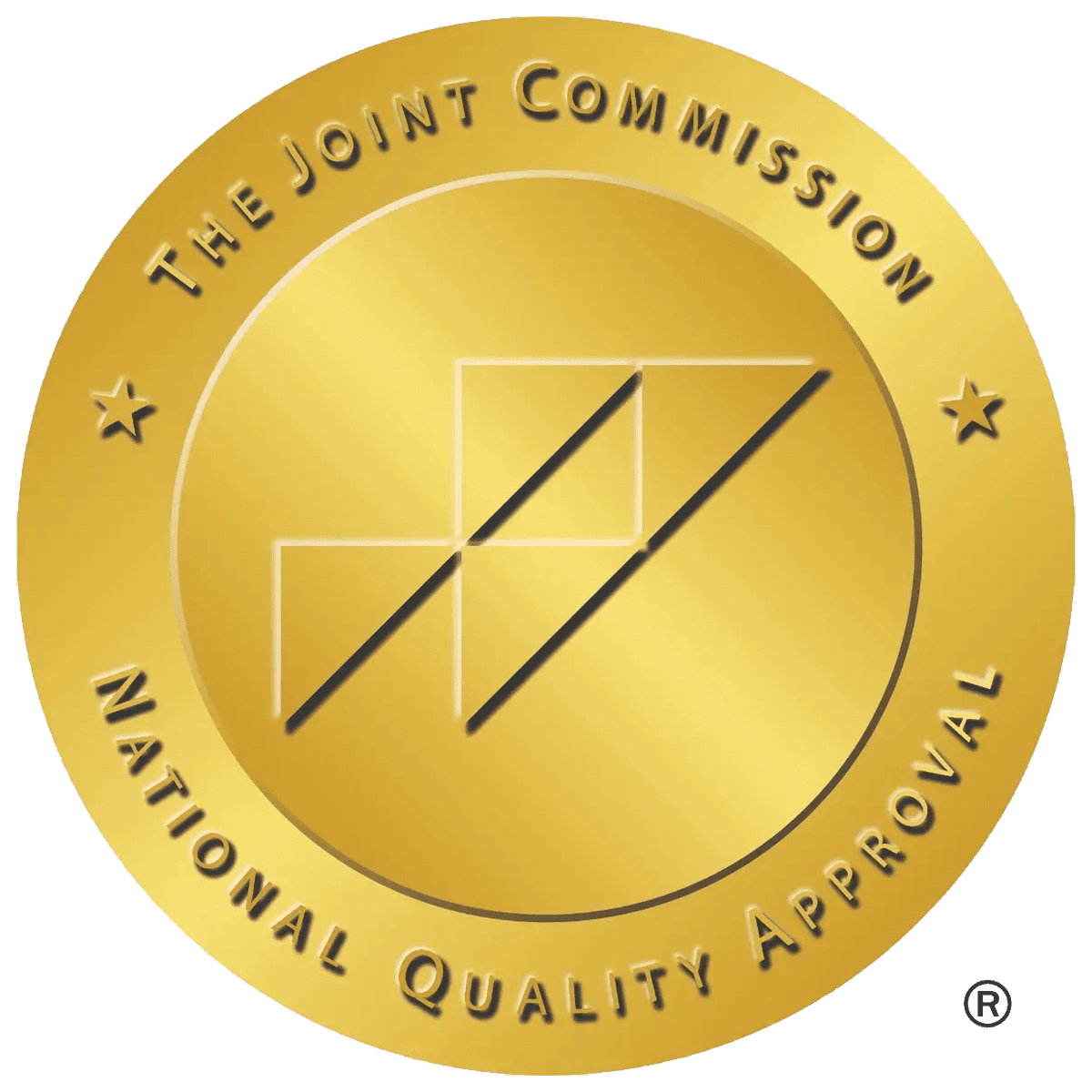Ibogaine Treatment: Addiction Risks, Safety & Alternatives
GET HELP TODAY!
100% Confidentiality Guaranteed


What Is Ibogaine?
Ibogaine treatment for addiction involves using a hallucinogenic drug made from the root bark of the Tabernanthe iboga plant, which grows in West Africa. In low doses, it acts as a stimulant. In higher doses, it causes strong psychedelic effects.
Some believe it can reduce opiate withdrawal symptoms and drug cravings. But most evidence comes from animal studies, and ibogaine-related deaths have been reported in humans.
How Ibogaine Affects the Brain
When someone takes ibogaine, the body changes it into noribogaine. Noribogaine works in the brain areas linked to addiction. It helps reduce cravings and withdrawal symptoms. Some believe it can reset brain chemistry.
Still, ibogaine for addiction treatment is not a cure for substance use disorder. It may help people get through detox, but it does not replace therapy or support groups. Full recovery needs long-term treatment, like therapy and recovery support services.
Before mixing substances, review meloxicam side effects and interactions.
Using Ibogaine to Treat Opioid Addiction
Ibogaine has been used for spiritual ceremonies by the Bwiti religion. In the United States, ibogaine is a Schedule I drug. This means it has no accepted medical use. The food and drug administration (FDA) has not approved ibogaine to treat any substance use disorder.
Howard Lotsoff first used ibogaine to treat his heroin addiction at what would later become an early form of an ibogaine treatment center, contributing to the foundation for future ibogaine treatments. In 1986, he patented a capsule form of the drug.
He worked with experts in Europe to test ibogaine for opioid and cocaine addiction. Though results looked promising, funding stopped, and a patient died during treatment. As a result, clinical trials ended.
Today, ibogaine treatments are only available outside the United States. Some people travel to other countries to try this therapy. They hope to avoid painful withdrawal symptoms.
But many ibogaine treatment centers do not have trained medical staff. This increases the risk of medical problems or death.
Is Ibogaine Treatment Safe?
Ibogaine is not a drug that people usually abuse for fun, but using it without supervision from a treatment facility or structured treatment programs can still lead to dangerous outcomes. However, from 1990 to 2008, at least 19 deaths were linked to it. These deaths often involved:
- Pre-existing medical conditions, like heart problems or brain injury
- Alcohol or benzodiazepine withdrawal
- Polysubstance use
The Multidisciplinary Association for Psychedelic Studies (MAPS) says the death rate may be as high as 1 in 300. That makes it risky without proper medical care.
Ibogaine Treatment Success Rate
Some doctors report ibogaine treatment success rates between 50% and 80%. In one 2017 study, 30% of patients stayed off opioids after treatment. Another 11% eventually reached full abstinence. Others relapsed.
Most patients in that study also went to a rehab facility. They received detox care, therapy, and aftercare. This shows ibogaine works best when paired with a full recovery program and long-term support.
Side Effects of Ibogaine Use
Ibogaine can cause severe side effects. These include:
- Vomiting and nausea
- Heart problems
- Poor balance and muscle control
- Dry mouth
- Death in extreme cases
Researchers are still learning about ibogaine. They are trying to find safe ways to use it and what doses are best. Until then, treatment options for opioid addiction with proven safety are the better choice.
Safer Treatment Options for Opioid Addiction
Ibogaine for addiction treatment may sound appealing, but it’s risky. Safer methods include:
1. Medical Detox
Treatment for opioid withdrawal can be done safely at a detox center. Medication-assisted treatment helps reduce withdrawal symptoms and cravings. Medical detox includes 24/7 care, therapy, and support. It is especially helpful for people depending on opioid medications or heroin.
2. Inpatient and Outpatient Rehab
Treatment programs are available in different forms. Inpatient drug rehab provides full-time care and structure. Outpatient drug rehab lets people live at home while getting help. Both offer therapy, recovery planning, and support groups.
3. Peer Support and Community Groups
Support groups like SMART Recovery and Celebrate Recovery, along with recovery support services, offer tools to stay sober. These groups teach skills, provide accountability, and help with emotional healing. Community groups also give people the chance to connect with others in recovery.
4. Long-Term Treatment
Recovery doesn’t end with detox. Both short term and long term recovery require ongoing support, treatment, and guidance to ensure lasting success.
People need time to heal and learn new habits. Long-term treatment options help people manage cravings, avoid relapse, and build new lives. This may include sober living, support groups, or therapy.
5. Recovery Support Services
Services after rehab are key. These may include case management, relapse prevention planning, or help with work and housing. Recovery support services give people the tools they need for long term recovery.
More Time. More Joy. More You. Start Now.
WE ACCEPT MOST INSURANCES
The Role of Health Care in Addiction Recovery
Treating opioid use disorder (OUD) requires support from health care providers. Doctors can help with medication, therapy, and regular check-ups.
Mental health treatment is also important. Many individuals in recovery struggle with both mental health and mental health issues such as anxiety, trauma, or depression. Many people with addiction have other mental health issues. These include depression or anxiety.
A treatment plan should include care for both addiction and mental health. That may include behavioral therapy, medication, or family support. Family members often play a big part in helping loved ones stay on track.
Addiction, Public Health, and the Opioid Crisis
Opioid addiction is a serious public health problem in the United States. It affects people of all ages and backgrounds. Prescription opioids and illegal drugs have caused many overdoses. The national institute on drug abuse (NIDA) tracks this crisis closely and continues to research effective treatment options for opioid addiction.
Ibogaine is not approved to treat opioid overdose or substance use disorder SUD. The risks may outweigh the benefits, especially without proper care. Treatment centers in the U.S. offer safe, proven help for people in need.
Health problems from opioid addiction can be severe. But with help, recovery is possible. The right treatment facility can offer a full range of services. These include detox, therapy, recovery programs, and relapse prevention.
Freedom Starts Here. Take Back Your Life Today.
Same-Day Admissions in Austin Available.
Final Thoughts
Ibogaine treatment for addiction remains experimental. It may reduce withdrawal symptoms and cravings. But it comes with serious risks. Until more research is done and the FDA approves it, safer options should come first.
People struggling with opioid use disorder OUD deserve effective, science-backed care. Whether you choose inpatient rehab, outpatient care, or peer support, make sure your recovery plan is safe. With help, healing is possible.
If you or someone you know needs help, explore your treatment options today. Seek treatment at a licensed facility that provides medical care, can assess any underlying medical condition, and follows the diagnostic and statistical manual for effective diagnosis and treatment planning that understands how to treat opioid use disorder and support long-term recovery. Don’t wait—help is available now.
Frequently Asked Questions About Ibogaine, Opioids, and Hallucinogens
What drugs are used to treat opioid addiction?
Medications such as methadone, buprenorphine, and naltrexone are commonly prescribed to treat opioid use disorder. These medications help reduce cravings, ease withdrawal symptoms, and support long-term recovery when combined with counseling and behavioral therapies.
What is the new treatment for opioid use disorder?
Recent approaches to opioid addiction treatment include extended-release buprenorphine injections and digital therapeutics that support recovery. Research is also exploring psychedelic-assisted therapies, though these remain experimental and are not FDA-approved.
How long does it take for opioid receptors to reset?
The time it takes for opioid receptors to return to normal function varies. For some people, this can take several weeks to months after stopping opioid use. Healing depends on factors like the type of opioid used, duration of use, and individual brain chemistry.
What is the new medication for opioid withdrawal?
The FDA has approved lofexidine to manage opioid withdrawal symptoms. Unlike methadone or buprenorphine, it is not an opioid but helps reduce symptoms such as anxiety, sweating, and agitation during detox.
Which of the following is an effect of hallucinogens?
Hallucinogens like LSD, psilocybin, and ibogaine can cause visual and auditory distortions, changes in thought patterns, altered sense of time, and intense emotional shifts. Some individuals may also experience fear or paranoia, known as a “bad trip.”
What are the effects of hallucinations?
Hallucinations may involve seeing, hearing, or feeling things that are not real. They can create confusion, anxiety, and impaired judgment, which is why medical supervision is recommended when substances that cause hallucinations are used.
Which symptom is a characteristic of someone on a hallucinogenic drug?
Common symptoms include dilated pupils, rapid mood swings, distorted perceptions, and unusual body movements. In some cases, individuals may struggle to differentiate between reality and hallucination.
What exactly do psychedelics do to the brain?
Psychedelics affect serotonin receptors, particularly 5-HT2A, altering brain connectivity and perception. This can result in profound changes in consciousness, sensory experiences, and emotional processing.
What is iboga root bark used for?
Iboga root bark has been traditionally used in West African spiritual ceremonies. In modern contexts, ibogaine extracted from the bark has been studied for its potential to reduce opioid withdrawal symptoms, though it remains risky and not legally approved in the U.S.
What is ibogaine called in Africa?
In many African traditions, ibogaine is simply referred to as iboga, derived from the Tabernanthe iboga shrub. It has cultural and ritual significance, particularly in Gabon’s Bwiti religion.
What is the African plant that gets you high?
The Tabernanthe iboga plant is known for its psychoactive properties. Its root bark contains ibogaine, a powerful hallucinogen that induces altered states of consciousness and has been explored for addiction treatment.
What does iboga taste like?
People describe iboga root bark as having an extremely bitter, earthy taste. It is generally unpleasant, which can make it difficult to consume in traditional or experimental contexts.